Digital art marketplace, Artsy, and non-profit organization dedicated to the LGBTQIA+ youth, The Ali Forney Center have joined forces for the month of pride in an impact auction presented by Artsy titled Impact Auction: Artists for Pride from June 22nd to the 29th whose works are a showcase of allyship and awareness for the queer community represented through depicted themes that explore identity, sexuality, insight, and otherness. The proceeds of Impact Auction were dedicated to directly supporting the AFC in their goal to protect and support the LGBTQIA+ youth through the challenges and more brought on by injustice, more specifically in the organization’s new 24-hour midtown NYC drop-in center. Launched in 2002, the Ali Forney Center has since then evolved to become the largest agency devoted to assisting queer homeless youth in the U.S., offering housing, medical and mental health services, with education and career services.
Not only do the works promote a platform for advocacy in combating injustices (homophobia & transphobia), but it is also meant to represent an impactful artistic celebration of diversity, inclusivity & community.
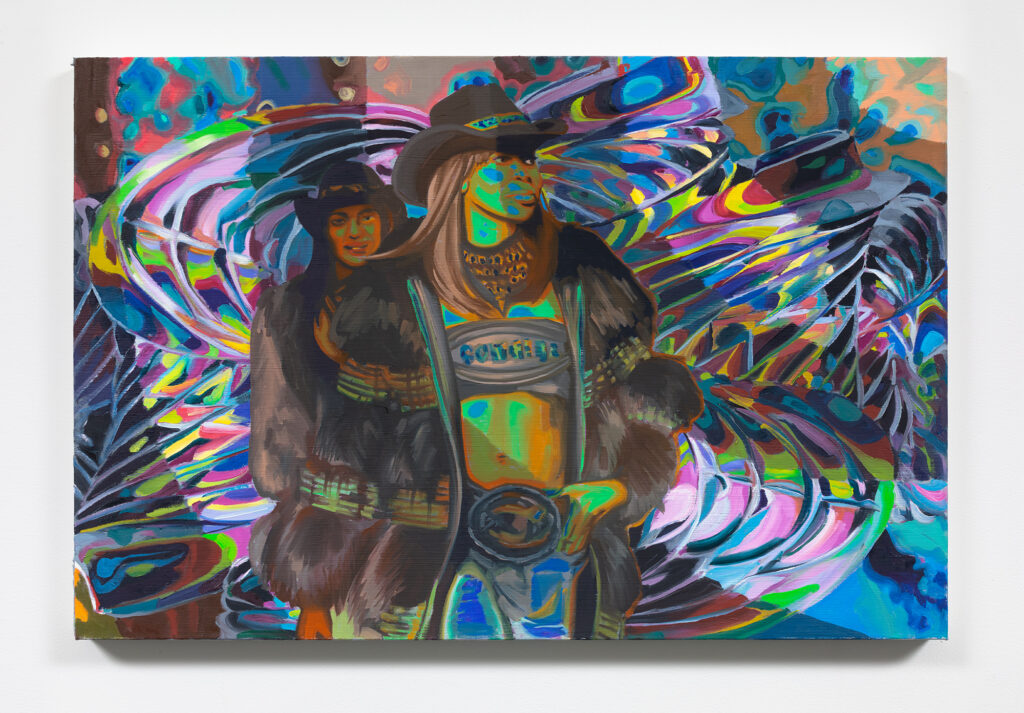
Since 2021, Artsy has been dedicated to making social change through their specifically new channel of benefit auctions, revamped as Impact Auctions that heavily spotlight the artists and the galleries themselves and showcase transparency all around.
Below, Darryl Westly, Erin M. Riley, Kate Pincus-Whitney, and Simon Haas, some of the artists featured in the presentation, spoke to curator and impact specialist Brooke Wise to share insight into their partnership with Artsy & the Ali Forney Center, the inspiration behind their pieces and sentiments regarding art as a powerful tool to spread awareness and impact in support of the community.
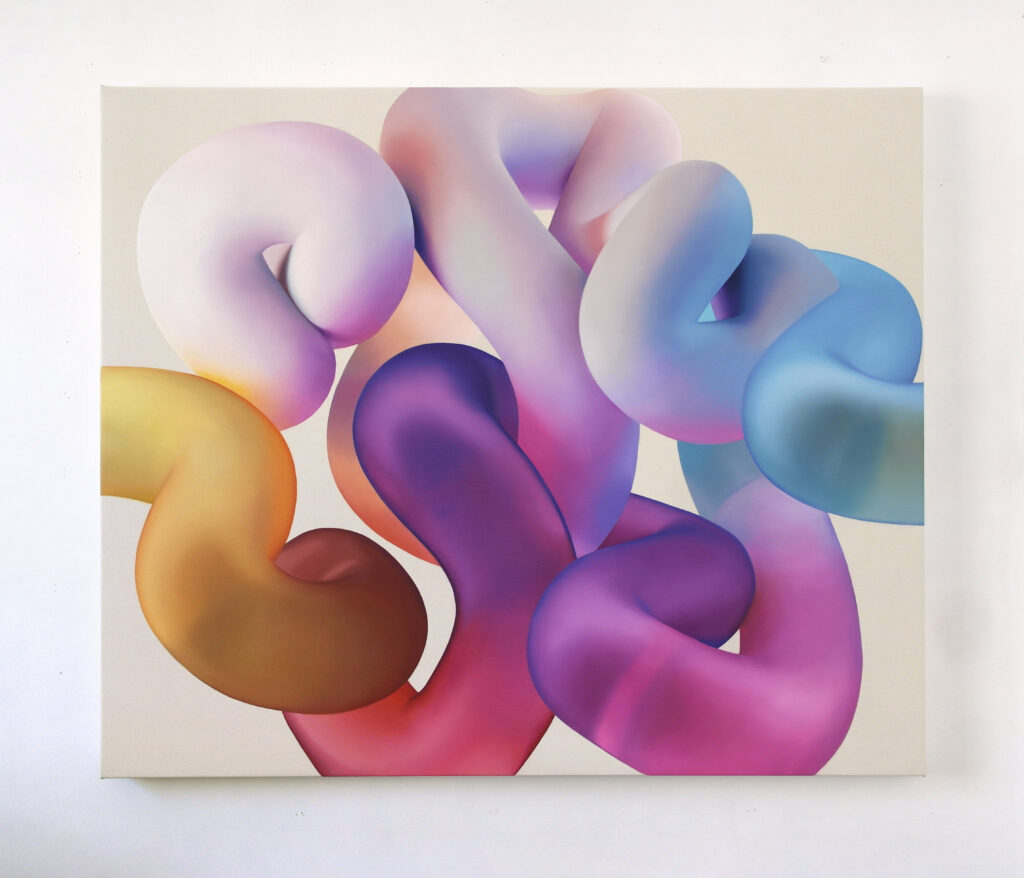
Brooke Wise: How did you get involved in the Artsy Impact Auction?
Simon Haas: My brother and I were reached out to by our friend Brooke Wise who I first worked with in 2020 when she curated a show for Tom Of Finland Foundation supporting LGBTQIA+ rights and the preservation of erotic art.
BW: What inspired you to donate your artwork to support gay rights and Pride Month?
Simon Haas: Art plays a major role – I think back to ACT UP and Gran Fury who used graphic design to address the AIDS epidemic while the Reagan administration did nothing. SILENCE=DEATH is an incredibly iconic image that made a huge impact on AIDS awareness and which remains relevant and in use today. I also think of Felix Gonzales Torres’ “Untitled” (Billboard of an empty bed) which poetically confronted the public with an image of missing bodies, a jarring image of homosexual intimacy that points to the losses suffered during the AIDS crisis. Artists are allowed to be daring and opinionated, and our job is to wrap complicated ideas into single images or objects. I often think of art as a Trojan horse, it can draw a viewer in with its beauty and leave them with an imprint of an important message or idea.
BW: What role do you think art plays in challenging societal norms and promoting acceptance and equality for all sexual orientations and gender identities?
Kate Pincus-Whitney: I deeply believe that art is its own language, a medium of visual storytelling that communicates more powerfully than words. It challenges us to engage and find personal meaning in someone else’s experiences and reality. Art is a place where hope thrives, offering the potential for open discourse, communication, and love. It also serves as a catalyst for social change and defies the status quo. Art can act as a Trojan horse, a psychological mirror, or simply a space of solace and acceptance. I constantly ponder this in my studio: how can I create inclusive spaces where everyone feels invited to participate instead of being excluded or rejected?
Creating art is an act of radical love and a fight for a more inclusive future. To me, art is the natural language that breaks down barriers and invites dialogue. It is a place to be welcomed, loved, and valued, even when society may attempt to marginalize your voice, individuality, or heart. Personally, art and the act of creating have saved my life, offering me a personal language and space of my own. Through my work, I aspire to open doors for others to experience the same liberation.
BW: How do you believe art can contribute to raising awareness and advocating for LGBTQ+ rights?
Kate Pincus-Whitney: There is tremendous power in image-making, theater, poetry, and song — they allow us to share our stories and help others understand different realities. Art serves as a natural battle cry for social and civil justice, particularly in a time when we have the privilege of engaging in large conversations about identity. With the ease of mass image distribution through platforms like subways and Instagram, art must continue to play a central role in raising awareness and advocating for change, reaching people from all walks of life. Growing up in a home that believed in the importance of fighting for inclusive love was a great privilege for me. As an artist, I see it as my duty to create spaces like this for those who may not have experienced such support.
Maya Angelou once said, “I’ve learned that people will forget what you said, people will forget what you did, but people will never forget how you made them feel.” Inclusion, love, and fighting for a better future are the pillars of my artistic practice. I genuinely believe that as artists, we have the potential to contribute to the change we wish to see in the world. It is an honor for me to donate “Stein and Toklas’ Mussels in Cream” to such an incredible cause.
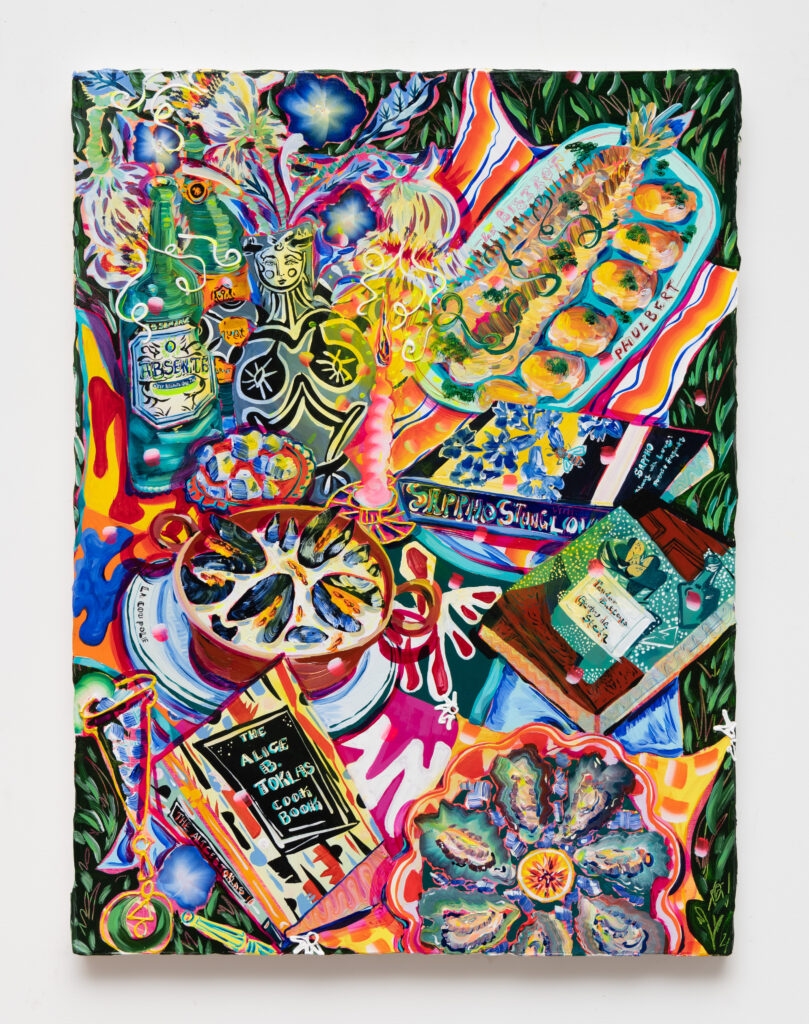
BW: Have you encountered any challenges or obstacles while creating art that explores sexuality and how have you overcome them? How does this relate to gay rights and Pride Month?
Erin M. Riley: Making art that explores sexuality inherently requires deep self reflection, which is a challenge in itself. Sexuality is developed through life, through relationships, family structures, cultures, bodies, and making work about it implicates those. While I have experienced run-of-the-mill censorship, due to modesty or fear of the body, one of the most interesting aspects is how my tapestries about sexuality are interpreted and interwoven with my real life, the assumptions that are made. Growing up a queer kid in a family that expressed casual homophobia I developed the skill of hiding a lot of me, and my queerness has always been a thing that I’ve protected deeply. I understand how existing as an openly queer person and having pride about that is incredibly important.
BW: What motivated you to participate in raising money via artwork for the Ali Forney Center?
Erin M. Riley: I am thankful when I can use my work to support places such as the Ali Forney Center. I never had outside financial support as a young person and because of that I have experienced homelessness twice. I get how challenging that time can be, and I never expected that I would be able to get to a point where I could use my work to help others. Thanks!
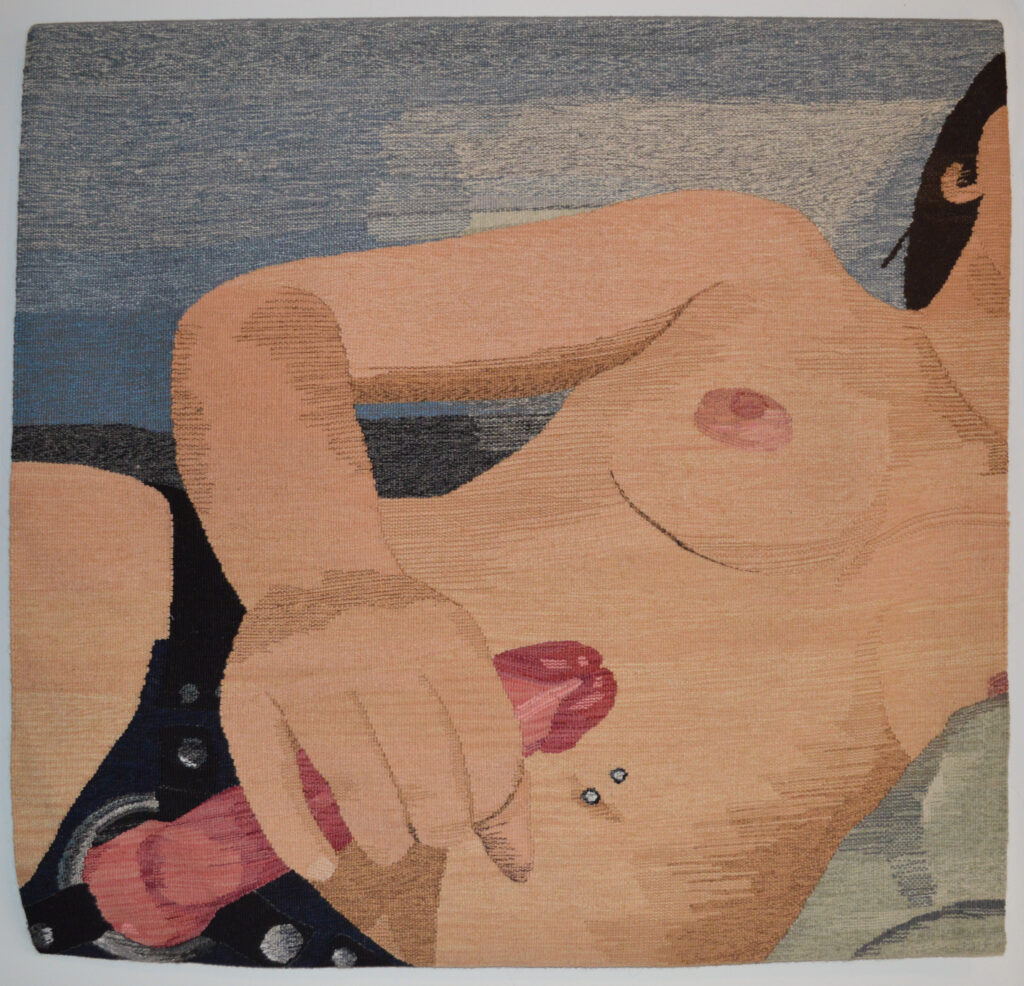
BW: What role do you think art plays in providing a platform for marginalized voices and raising awareness about human rights / pride?
Darryl Westly: The gift of art is the gift of vanity, the ability to see ourselves reflected within the world that surrounds us. Pride is synonymous with acceptance, and with each generation, we have a choice to turn the looking glass to better reproduce the world in which we live. What we call beautiful is the expansion of our view and definition of selfhood by the widening of perception. The responsibility of art and artists and art institutions is to challenge old ideals and grant visibility to the underrepresented and ultimately, to help us to accept new visions of Beauty, together.
BW: Are there any values you share with Ali Forney Center that you’d like to highlight?
Darryl Westly: The Ali Forney Center’s focus not just on education but on the community is one I echo both within my practice and within my day-to-day life. The history of art is built on the shared work of artist communities and little if any of what I do would have been or would be possible with a village of friends, supporters, educators, and collaborators.
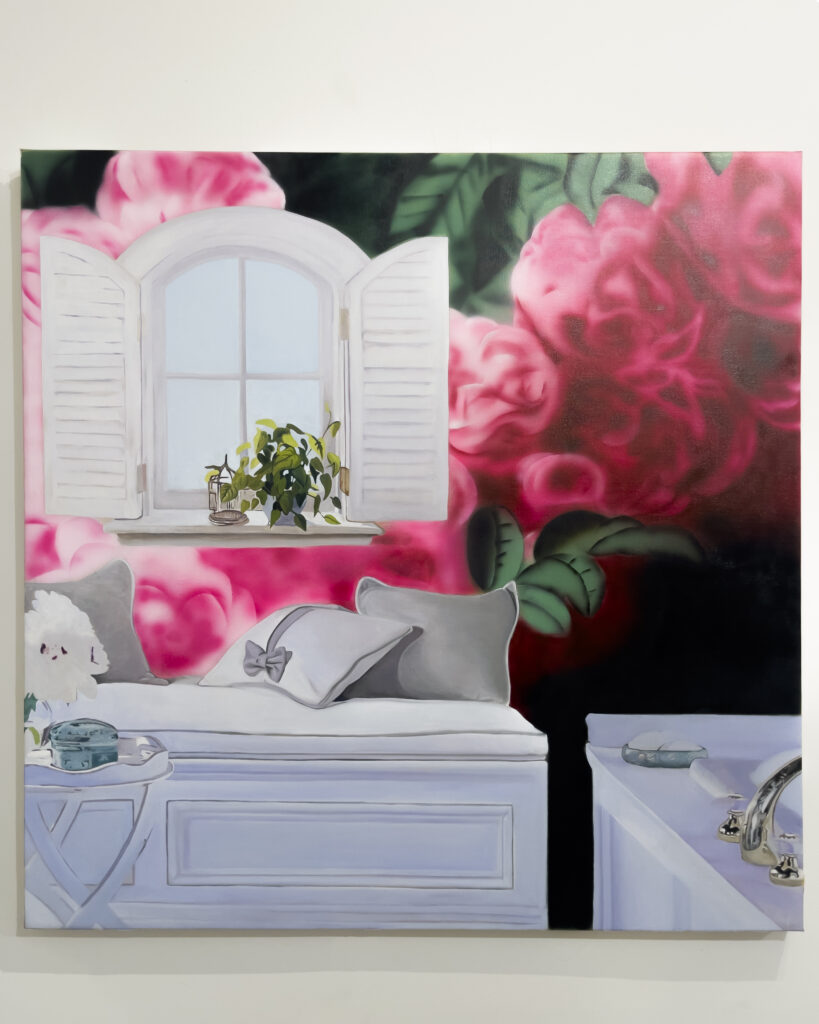
Discover More






